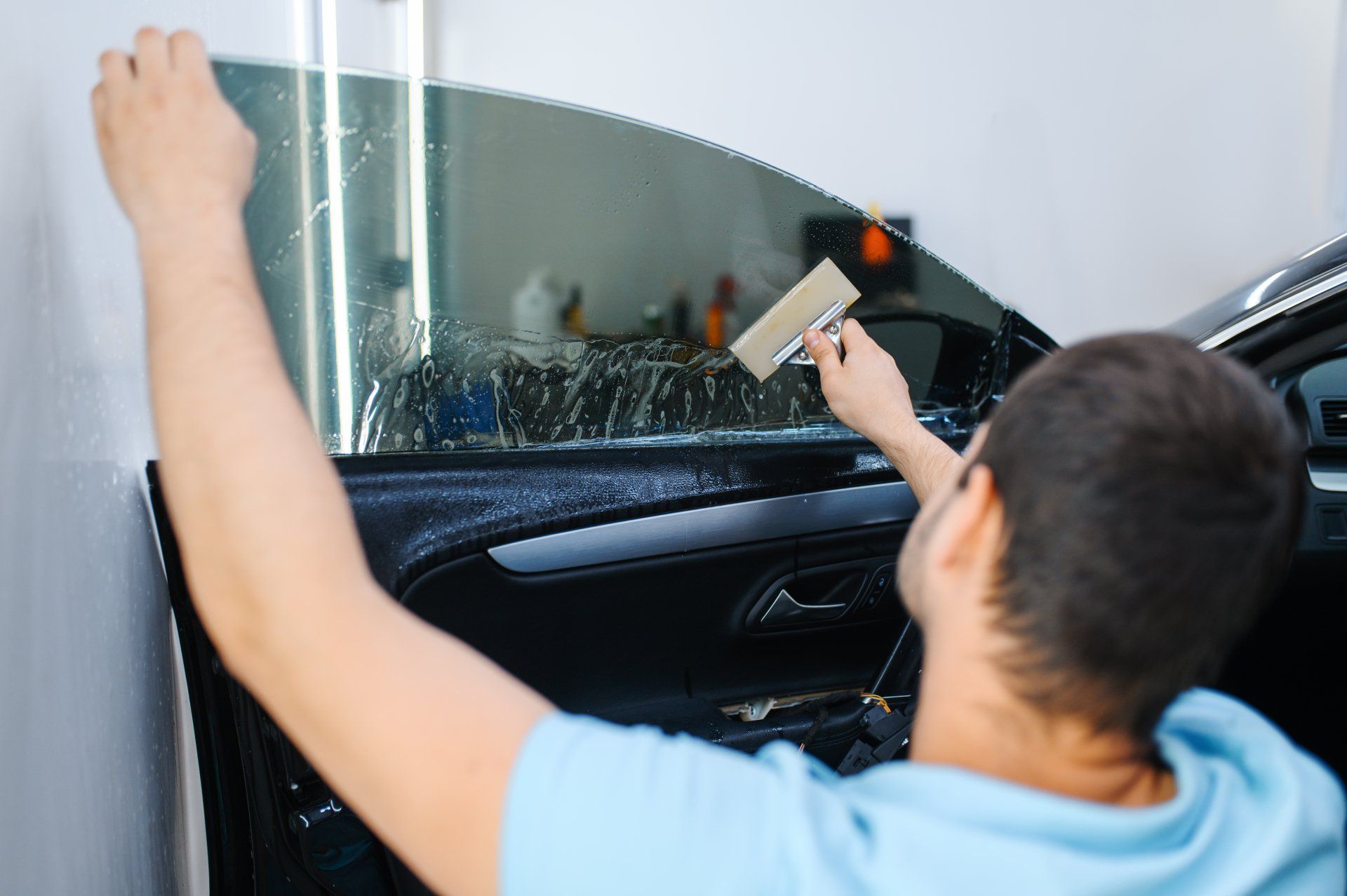Why do we use auto tinting?
Auto-tinting is a technology used in various applications such as automotive, architecture, and eyewear, to provide variable shading or darkening of the material, such as the windshield of a car or the lenses of sunglasses.
The main purpose of auto-tinting is to auto tinting provide comfort and protection to the user. In the case of automotive and architecture applications, auto-tinting reduces glare and heat buildup, making it more comfortable for the driver or occupants of the building. It also provides UV protection, which helps to protect the interior of the car or building from fading, and can help to reduce the risk of skin cancer and other UV-related health problems.
Eyewear auto tinting:
In the case of eyewear, auto-tinting lenses adjust to changing light conditions, providing a more comfortable and safer experience for the wearer. For example, when the lenses are exposed to bright sunlight, they will darken to reduce glare and provide better vision, and when the wearer moves indoors or into a shaded area, the lenses will gradually lighten up to provide optimal visibility.
Overall, auto-tinting technology provides convenience, comfort, and protection to the user, making it a popular choice in various applications.
Auto-tinting technology is typically achieved through the use of electrochromic or photochromic materials that are embedded in the surface of the material, such as glass or plastic. These materials are designed to change their optical properties in response to external stimuli such as light or electricity.
Electrochromic material:
In the case of electrochromic materials, an electric current is applied to the material to induce a reversible color change.
This technology is commonly used in automotive and architectural applications, where a small electrical current is applied to the material to darken it, and when the current is removed, the material returns to its original clear state.
Photochromic material:
In the case of photochromic materials, the material changes color in response to UV radiation. This technology is commonly used in eyewear applications, where the lenses darken in response to exposure to sunlight or other sources of UV radiation. When the lenses are no longer exposed to UV radiation, they gradually lighten back up to their original state.
Auto-tinting technology provides several benefits beyond comfort and protection. For example, it can help to reduce energy costs by reducing the amount of heat entering a building or vehicle, which in turn reduces the need for air conditioning. It can also improve the overall aesthetic of a building or vehicle by providing a sleek, modern look that can be customized to suit the user's preferences.
Auto window tinting technology:
Overall, auto-tinting technology has become increasingly popular in recent years, as more people seek ways to improve their comfort, safety, and overall quality of life. As technology continues to advance, we can expect to see even more innovative applications of auto-tinting technology in the future.
Auto-tinting technology is typically achieved through the use of electrochromic or photochromic materials that are embedded in the surface of the material, such as glass or plastic. These materials are designed to change their optical properties in response to external stimuli such as light or electricity.
technology continues to advance, we can expect to see even more innovative applications of auto-tinting technology in the future
Architecture:
Auto-tinting technology is also used in architectural glass, such as windows, skylights, and curtain walls,
to reduce glare and heat gain while providing natural daylighting. This technology can help to improve energy efficiency, occupant comfort, and visual comfort.
Aviation:
Auto-tinting technology is used in aircraft windows to provide improved visibility and glare reduction for pilots and passengers. This technology can also help to reduce the weight of the aircraft, as auto-tinting windows eliminate the need for traditional window shades.
Marine:
Auto-tinting technology is used in marine applications, such as yachts and cruise ships, to reduce glare and heat gain while maintaining the views of the ocean.
This technology can also help to reduce the need for air conditioning, thereby improving energy efficiency and reducing operating costs.
Military:
Auto-tinting technology is used in military ceramic tinting applications, such as aircraft and vehicles, to provide improved visibility and reduce the risk of eye damage from laser weapons. This technology can also help to reduce the heat signature of military vehicles, making them less visible to enemy sensors.
Overall, auto-tinting technology provides numerous benefits in various applications, including improved comfort, protection, energy efficiency, and aesthetics. As this technology continues to evolve, we can expect to see even more innovative applications in the future

Comments
Post a Comment